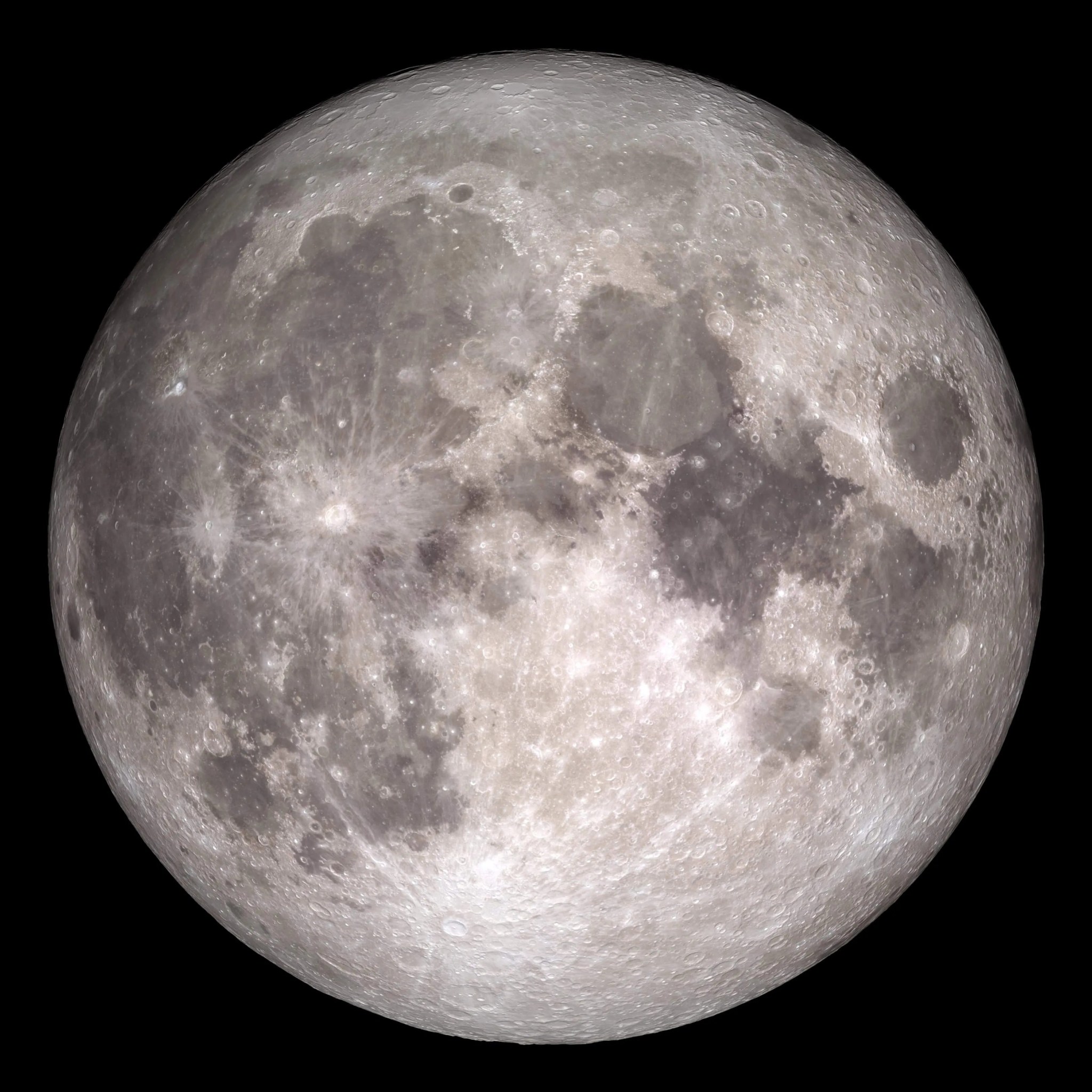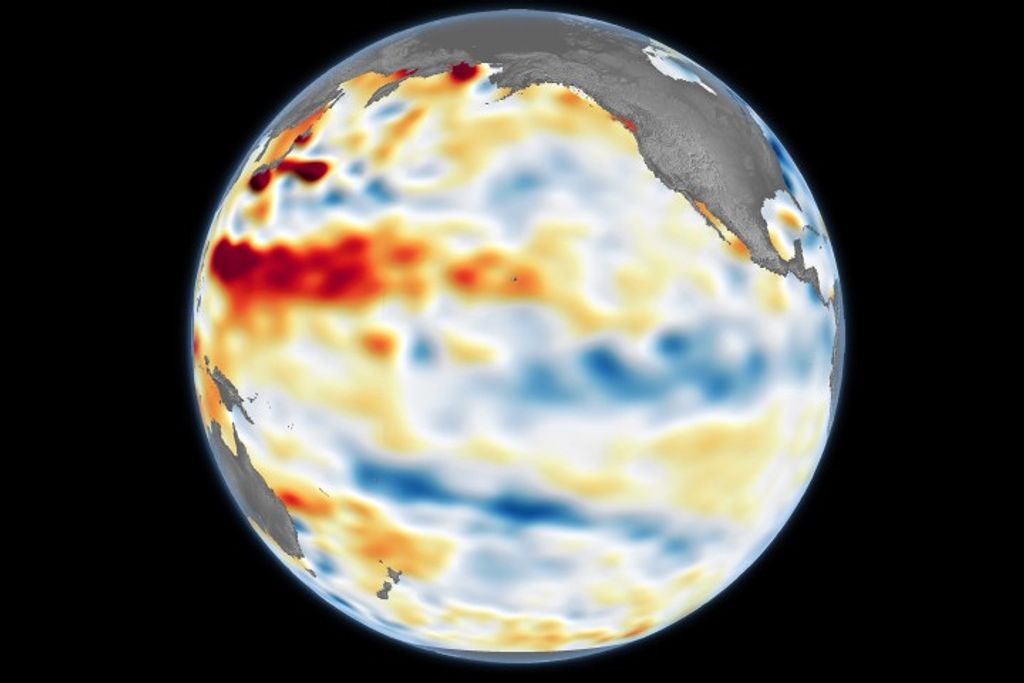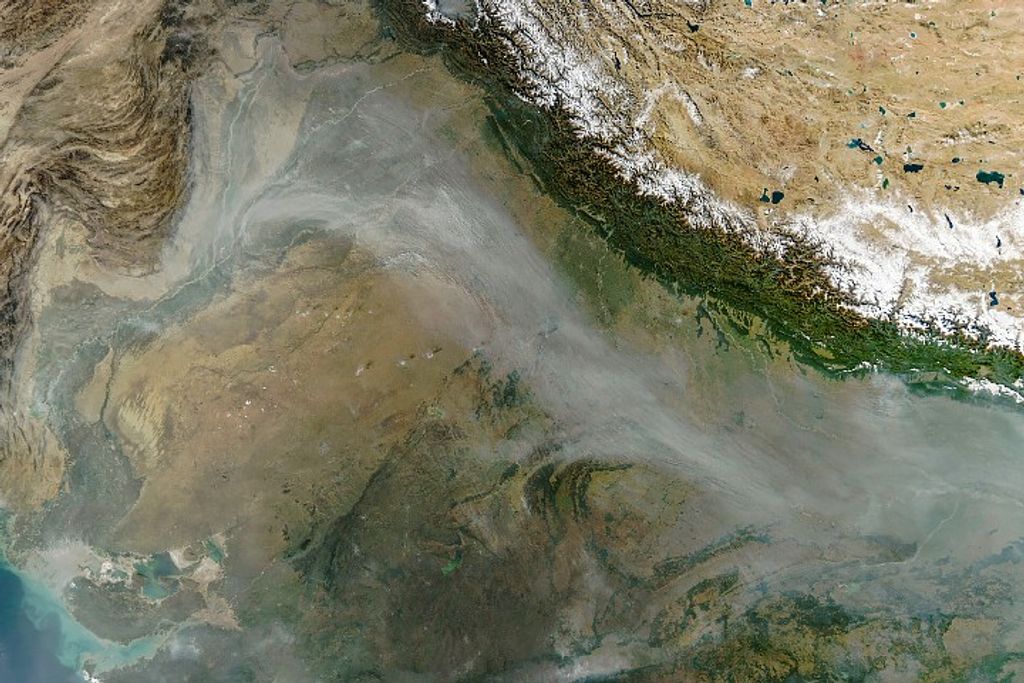VIPER
Science and Exploration
VIPER is a mobile robot that will scout for ice on the surface of the Moon to create resource maps intended to help inform future missions.
Viewed from Earth, the Moon may look like a massive monolith of barren rock, pockmarked with massive craters. But the more we learn about our nearest neighbor, the more we begin to understand the Moon as a dynamic place with useful resources that could one day even support human presence.

After nearly three decades of studies from orbiter and impactor missions, scientists now believe the Moon's soils could contain hundreds of millions of gallons of water. But at what concentrations? In what kinds of soils? And is the water in a form that's accessible? The Volatiles Investigating Polar Exploration Rover, or VIPER, aims to answer these questions directly on the surface of the Moon. Materials trapped in lunar polar soils could even provide a glimpse into the history of the water on Earth and elsewhere in the inner solar system.
VIPER will study many characteristics of the Moon's polar water over the course of its mission lasting approximately 100 Earth days. About the size of a golf cart, VIPER will roam several miles, sampling various soil environments. As the rover travels across the surface, it will use one science instrument to detect water molecules below the lunar surface for further investigation. Meanwhile, a drill will dig up soil cuttings from as much as 3.28 feet (1 meter) below the Moon's surface. Two other instruments will analyze the drill samples to determine the composition and concentration of potentially accessible resources, including ice.
VIPER's Science Objectives
The VIPER mission has two main science objectives:
- Characterize the distribution and physical state of lunar polar water and other volatiles in lunar cold traps and regolith to understand their origin.
- Provide the data necessary for NASA to evaluate the potential return of in-situ resource utilization from the lunar polar regions.
VIPER's Questions
VIPER will achieve these objectives by answering the following questions:
Where is the water and how much is there?
For water molecules to persist on the Moon, they need to be protected from the Sun's heat baking them off, turning them from solid ice crystals to vapor in a process called sublimation. Water buried underground would be safe, and some water ends up in places so dark and cold that the molecules freeze into the lunar soil and remain stuck – such as in permanently shadowed craters at the poles. Ice could have accumulated in these “cold traps” over billions of years, creating a potentially useful reserve.
To explore these ideas, VIPER will study four main types of soil environments that are characterized by their depths and temperatures, as related to sun exposure, to reveal the concentrations of water in these areas in more detail. VIPER will sample four of these “ice stability regions,” or layers at different soil depths:
- surface region: soils on the surface where ice is expected to be stable, such as in permanently shadowed craters
- shallow region: soils where ice is expected to be stable within 20 inches (50 centimeters) of the surface
- deep region: soils where ice is expected to be stable at depths of 20-40 inches (50 to 100 centimeters)
- dry region: soils where no ice is expected within the top 40 inches (100 centimeters)
In what form is the water?
The water in the Moon's soil can be in several forms. It might be found as ice crystals, or as water molecules chemically bound to other materials. Between grains of lunar soil there is empty space where the water could be trapped. Data has shown there may be lunar “frosts” on the surface – but not like the frost we know on Earth; these might be layers of ice crystals only 10 molecules thick. The physical state of the water VIPER finds will help tell scientists about its origin and history, as well as what is needed to extract it.
What other resources are there?
Water is considered a “volatile,” meaning it readily evaporates at only moderately warm temperatures. That makes it easier to access in the lunar soil than non-volatiles and increases the chances it could be extracted for use. The Moon holds other volatiles that could serve as resources for human endeavors, too, such as hydrogen, ammonia and carbon dioxide – as well as volatiles that could be harmful and need to be mitigated to make sure the environment is safe for humans and hardware. VIPER will also hunt for these.
Where did the Moon's water come from?
Scientists don't know for sure if the Moon is accumulating water in “cold traps” at the poles today, or if its origin is ancient. This lunar water could have come from volcanic activity very early in the Moon's history, or it may have been deposited by large comet impacts long ago and stirred up by smaller strikes since then. VIPER will help reveal how the Moon's water and other volatiles arrived or formed, how they get redistributed and whether reserves of these volatiles are building up, even today. Understanding the origin of lunar water can even tell us about the history of water in the inner solar system and on Earth.
What are the prospects for using resources found on the Moon, and how can we access them?
The ability to use resources found on the Moon – what is called in-situ resource utilization, or ISRU – could be a game-changer for space exploration. Water is especially valuable because the molecules can be broken up and turned into oxygen to breathe and fuel for rockets.
With the data it collects about the amount of water in various soil environments, VIPER will create resource maps to help determine locations where water and potentially other accessible materials could be harvested to support extended stays.
The process is similar to the way natural resource mapping is done on Earth and, in fact, the VIPER team includes geologists from the U.S. Geological Survey who have expertise in terrestrial resource exploration. The knowledge that VIPER provides will help NASA evaluate the prospects for ISRU as well as help inform the technology and systems that will make it possible to access the Moon's resources.
What Other Science Questions Could VIPER Answer?
VIPER's science instruments, along with its suite of rover cameras, will provide a rich data set that will be used to address a range of lunar science questions. The mission's characterization of the Moon's polar environments will support tests of various lunar evolution theories, as well as supporting future mission planning and design.





























